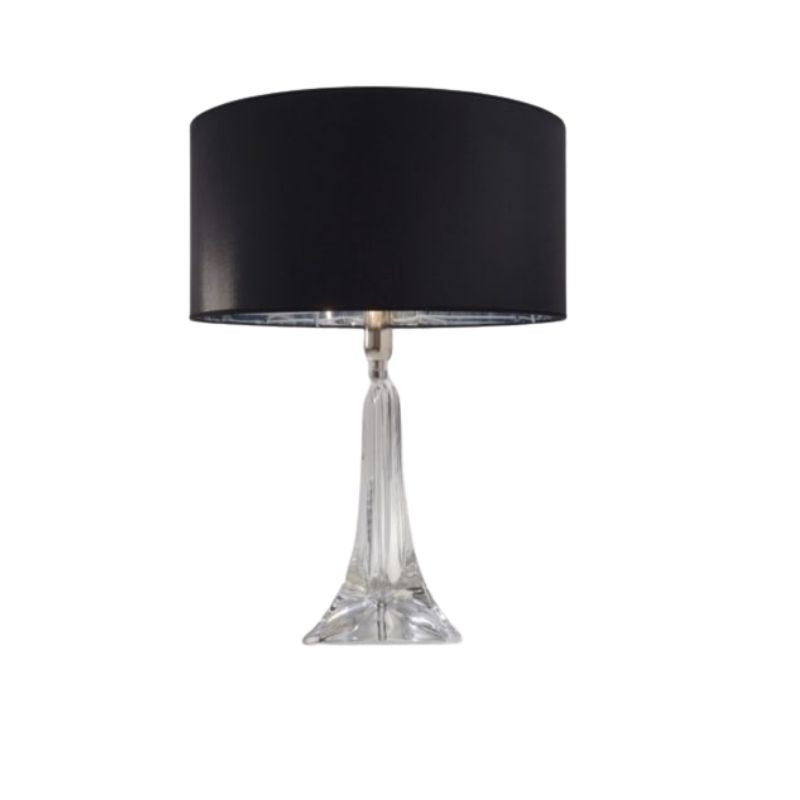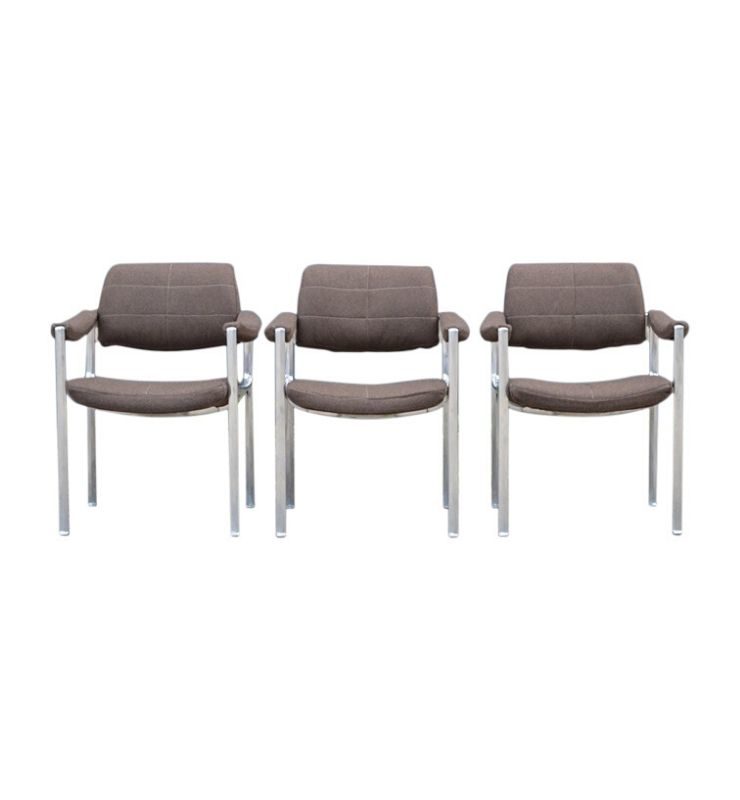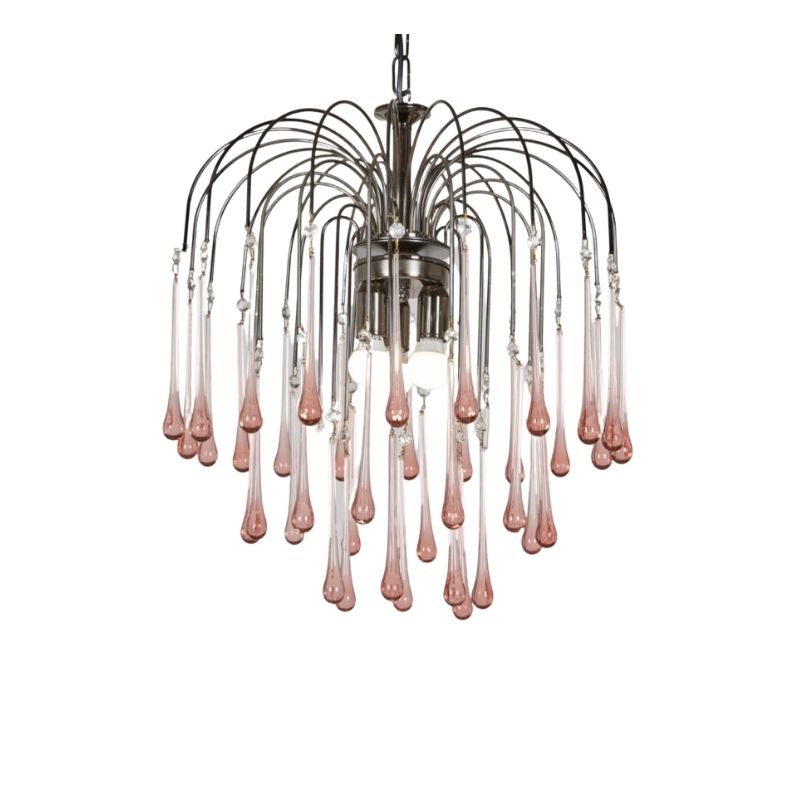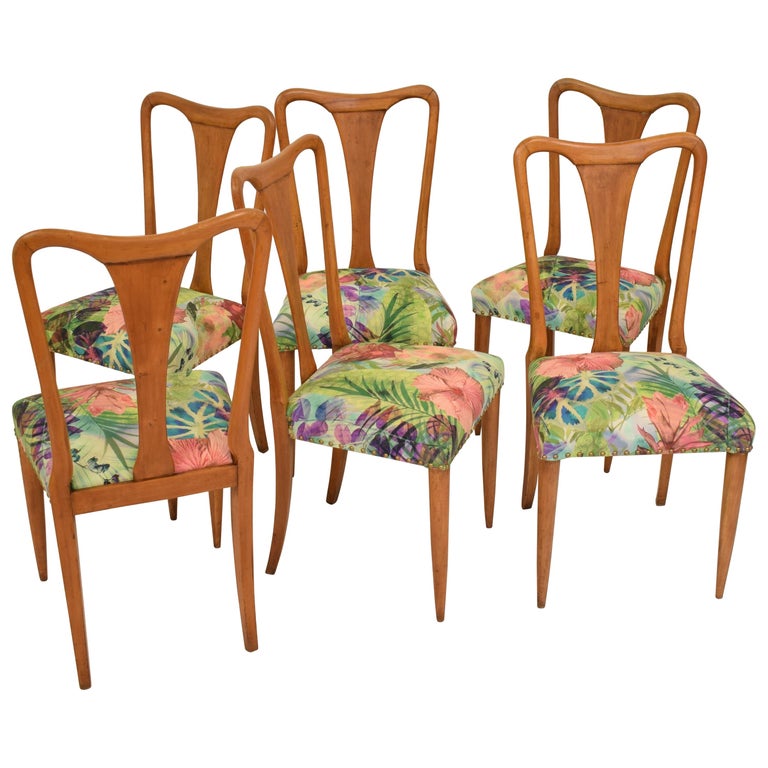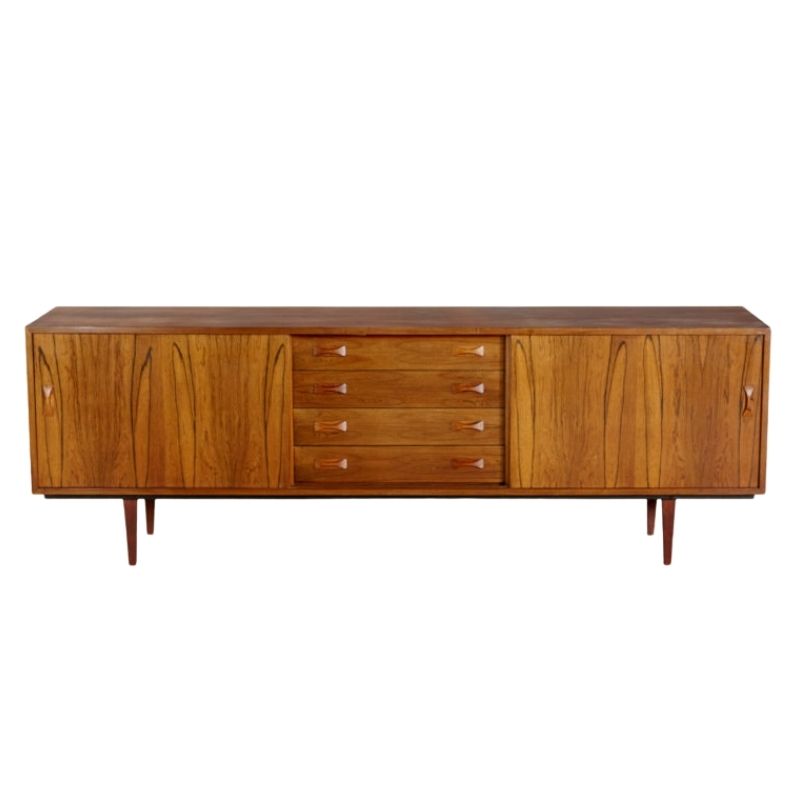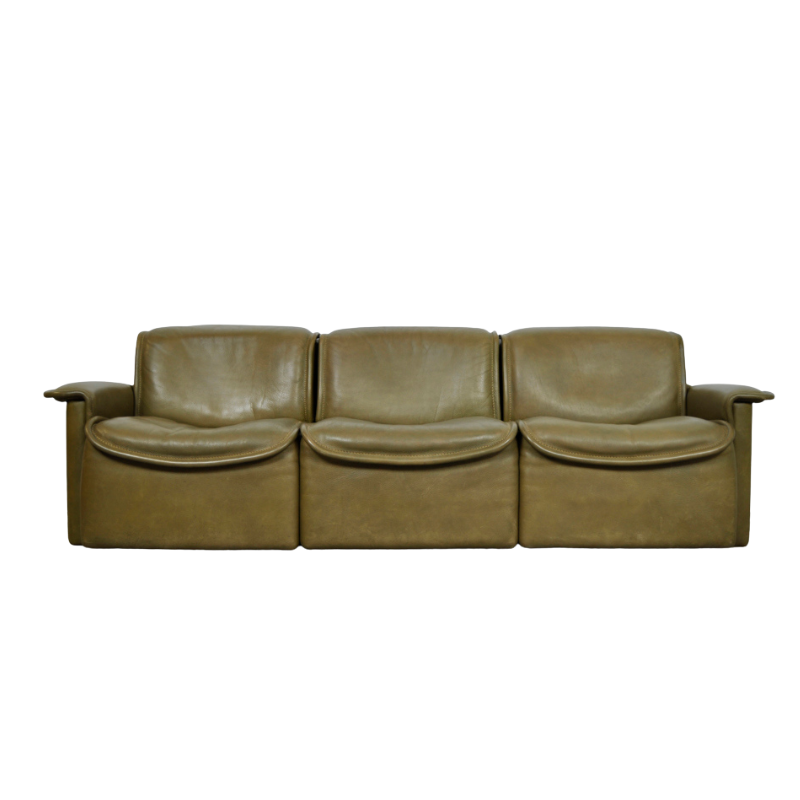Okay. I'd start by scrubbing the whole disassembled thing down with mineral spirits or naphtha, rags, and maybe a not-too-stiff plastic bristle brush. You know, really scrub off whatever comes off, You could even use a worn Scotchbrite pad here and there if you're not too aggressive with it. Now would also be the time to remove any shock mounts slated for replacement.
The "slots" in the spine: Clean out any loose wood fibers with files, X-Acto knife, sandpaper, or whatever works. Then fashion relatively tight-fitting plugs of hardwood like maple or oak and glue them in place with PC-7 being careful to thoroughly mix the epoxy paste, making sure that all glue surfaces are fully wetted, and that there are no voids. Try to leave a relatively smooth surface on the show face. You don't want to do a lot of sanding and risk cutting through the surrounding veneer. Probably best to mask with blue tape and work flat if you can. You can always add another layer of the epoxy as long as you thoroughly wash the previous application with acetone to remove amine blush as it can interfere with proper adhesion between layers of epoxy applications.
Then I'd do the same with the holes in the back panel. The idea is to end up with nice flat and smooth fills. As SDR mentioned, the finished surface is all about texture, since the wood was originally (and will be when you're done) covered with a mostly opaque film. So, (here's where the artistry comes in) next incise into the filled areas a pattern of lines following the grain of the surrounding veneer as a guide. Scratch them in with a needle, knife, or any other tool that produces the desired effect. No messing with trying to make veneer patches! If you're not happy with the first try, clean it off, fill the scratches with epoxy, and try again! Done well, this technique can be quite convincing under paint.
When you're all done with that step, spray the whole thing with a couple of thin coats of Krylon gloss black. When that's thoroughly cured, rub out with #0000 steel wool, install new shock mounts, drill new holes in the spine, assemble and paste wax it ...and voila!
That would be my approach in a nutshell. Of course the details can be varied to suit desired results with regard to the finish and how worn one might want it to appear. So hit me with any opinions or questions and I'll respond sometime tomorrow.
Fair enough. Now I'm wondering why the two truss-head bolts which attach the back mounts to the spine aren't present in this early drawing . . . which makes it appear that the shockmount is glued to both surfaces. Perhaps they hadn't made that decision yet . . . ?
I was sitting on a theater-type chair in the jury pool room of a local courthouse the other day. The seats were separated by a black-finished oak armrest, quite broad and tapered in shape. The wood was clearly oak, though the only thing that showed was the ragged shapes of the open grain under a thick coat of black. I was reminded that everything affects grain appearance; in this case it was the open grain which showed under the finish which told the tale of how thick the finish was. The contours of the edges of the depressions were softly rounded, which seemed to support the impression of a thick coat of finish rather than a partially-filled open grain and a thinner finish -- which might also have revealed some texture to the flat surfaces between the deep grain.
Hey, I realized I never thanked y'all for the comments. They're much appreciated.
I've decided to try tktoo's approach after getting a local restoration company's bid of $800 to patch the chair up. That seems like an unwise investment, IMO.
I'm working on stripping the parts to get them as clean as possible before applying epoxy / painting.
If you need any help, please contact us at – info@designaddict.com



